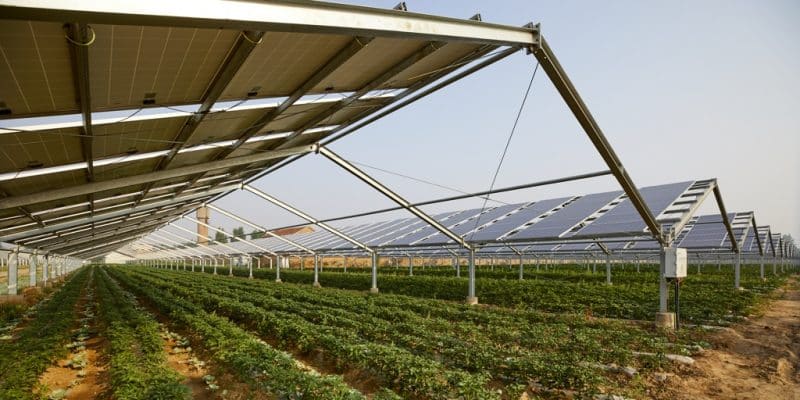In Senegal, the Société des cultures légumières (SCL) based in the seaside town of Saint-Louis has just acquired a 604 kWp solar photovoltaic park to reduce its dependence on the electricity grid and improve its carbon footprint.
German energy solutions provider GRIPS Energy is commissioning its first solar photovoltaic plant in Senegal. The 604 kWp facility was built in the northern town of Diama in partnership with the Société des cultures légumières (SCL) to power its 2,000 hectare agricultural farm a few kilometres from the city of Saint-Louis.
“It will allow a major transition towards the use of green energy and the reduction of our electricity bills,” explains Hamedine Ba, the technical manager of the SCL. In the event of load shedding, this solar park will contribute to better conservation of crops for local consumption and for export, particularly to the UK. This environmentally responsible project comes a few weeks after the launch of Large-Scale Solar Applications for Agriculture (LSSAA).
This is a joint initiative of the International Solar Alliance (ISA) and the United Nations Development Programme (UNDP) to promote solar irrigation in nine African countries, including Senegal, by 2025. In this West African country, which benefits from about 3 000 hours of sunshine per year, the SSAAU should help secure the livelihoods of rural populations threatened by drought.
Read also-SENEGAL: DP World and Barefoot College train women in solar energy in Toubab Dialaw
This phenomenon also dries up the crops of small farmers in neighbouring Guinea. That is why the International Development Research Centre (IDRC) is funding the installation of solar irrigation systems with a total of CAD 1 million (EUR 686 000) to improve the profitability and working hours of rural Guinean women by 2025. The project is being implemented since 2022 by the Initiative prospective agricole et rurale (IPAR) in collaboration with the Centre d’étude et de coopération internationale (CECI).
Benoit-Ivan Wansi






